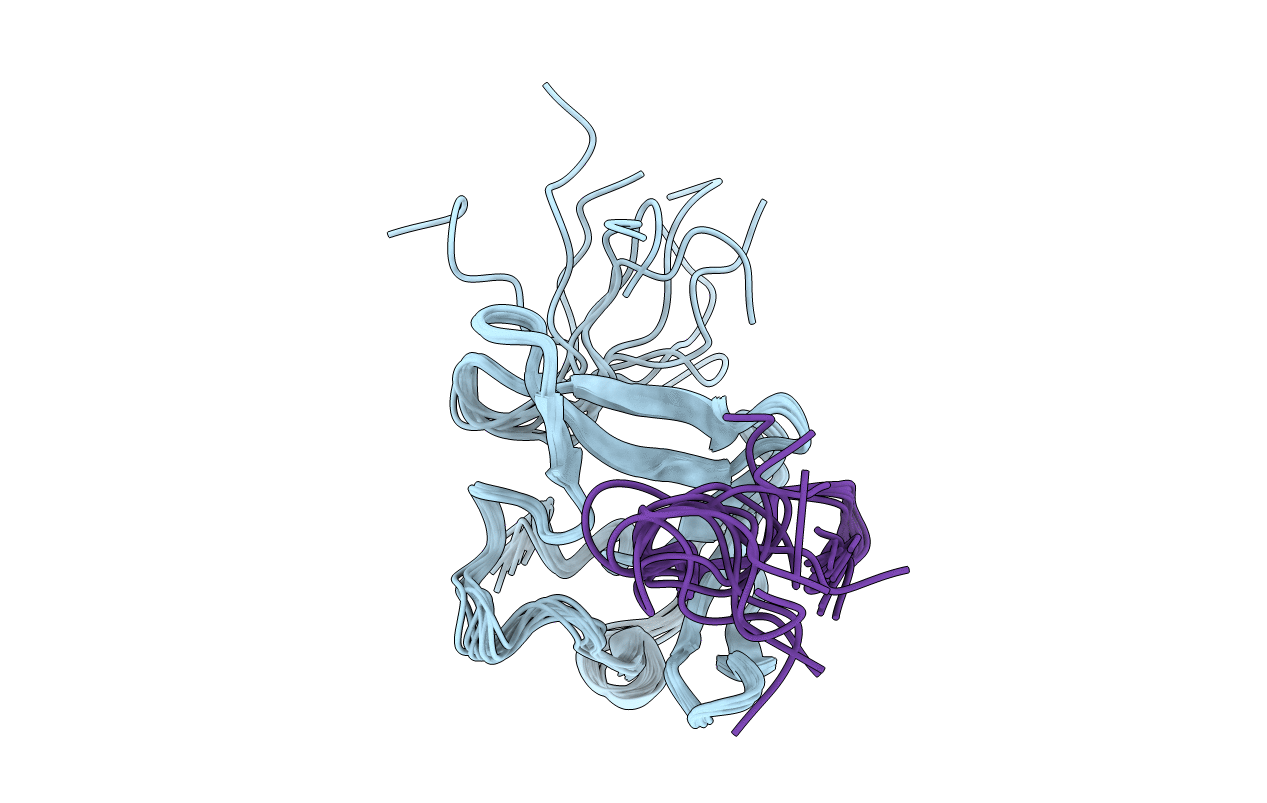
Deposition Date
2010-05-11
Release Date
2010-10-13
Last Version Date
2024-05-01
Entry Detail
PDB ID:
2KXQ
Keywords:
Title:
Solution Structure of Smurf2 WW2 and WW3 bound to Smad7 PY motif containing peptide
Biological Source:
Source Organism:
Homo sapiens (Taxon ID: 9606)
Host Organism:
Method Details:
Experimental Method:
Conformers Calculated:
200
Conformers Submitted:
10
Selection Criteria:
structures with the lowest energy


